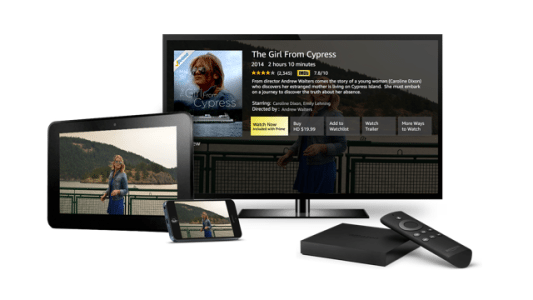Finally, Amazon has stepped into the OTT arena big time and has taken on the YouTube behemoth. For the last few years, YouTube has seen unparalleled growth with a very loosely structured system of millions of videos. For independent filmmakers like myself, we were often caught up with the viral video want to be’s. The result in many cases was that YouTube didn’t know the difference between the legitimate producers and the clowns. I know personally because I had my account suspended with no explanation and no recourse and I am not alone. Hundreds, maybe even thousands were dealt the same hand. after a year, I received an email suddenly reinstating my channel, again with no explanation. Of course, that did nothing to repair the damage done of lost viewers and revenue.
It is with great relief that Amazon has now opened this portal. I have already been publishing to Amazon Video and doing well with it. But now, my titles will be opened up to an expanded universe of potential viewers. Mind you, it’s not a perfect solution. Amazon is only offering HD, no 4K and no 360 yet, but it will surely come.
In the meantime, a huge THANK YOU to Amazon!
How Amazon Video Direct works
Video Direct is fundamentally a creator-facing platform, a set of infrastructure whereby people who make videos can upload them to Amazon’s video service. Having done so, they have four options for how to make the videos available to customers:
- They can be free to anyone and feature ads that will be sold by Amazon in exchange for a 45 percent cut (this is how YouTube works).
- They can be available for digital purchase or rental, in which case Amazon will keep 50 percent of the money.
- They can be made available only to people who pay for a special add-on subscription through the Streaming Partners Program.
- Last but by no means least, they can be made available exclusively to Prime subscribers with creators earning 15 cents per hour streamed.
The first of these options genuinely competes with YouTube, but it’s not very compelling. YouTube has an enormous head start, and Amazon isn’t trying to compete with it on price.
Options two and three are kind of interesting, but seem like they’d only be applicable to really big media brands.
It’s option four that seems potentially disruptive, because it’s giving people and organizations the ability to do something they genuinely can’t do now — get into the premium video content game. Right now you can earn a living making ad-free television shows, but to do it you need to talk executives at Netflix or HBO or Showtime into paying you. What Amazon is doing is saying anyone who wants to can make a show with an absolute guarantee that if the show proves popular they will get paid.




